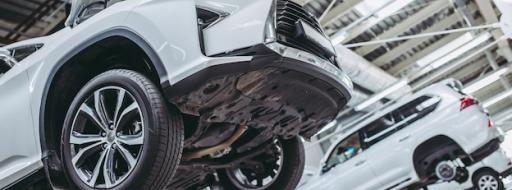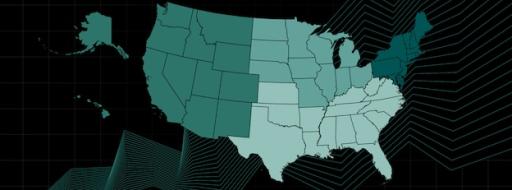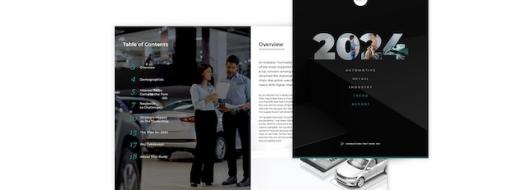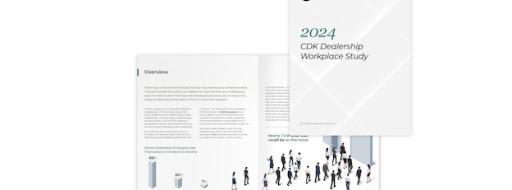Make more informed decisions by learning from our experience
Let’s say a dealership has successfully overcome concerns of trust, fair pricing and convenience — and won back customers that had been previously lost to other providers. How easy is it to keep them coming back for service?
The numbers suggest it will take some work: shopper loyalty, according to a 2020 study conducted by the CDK Research and Insights Team, ranked dealerships (at 47 NPS) significantly behind independent service providers (at 63 NPS).









